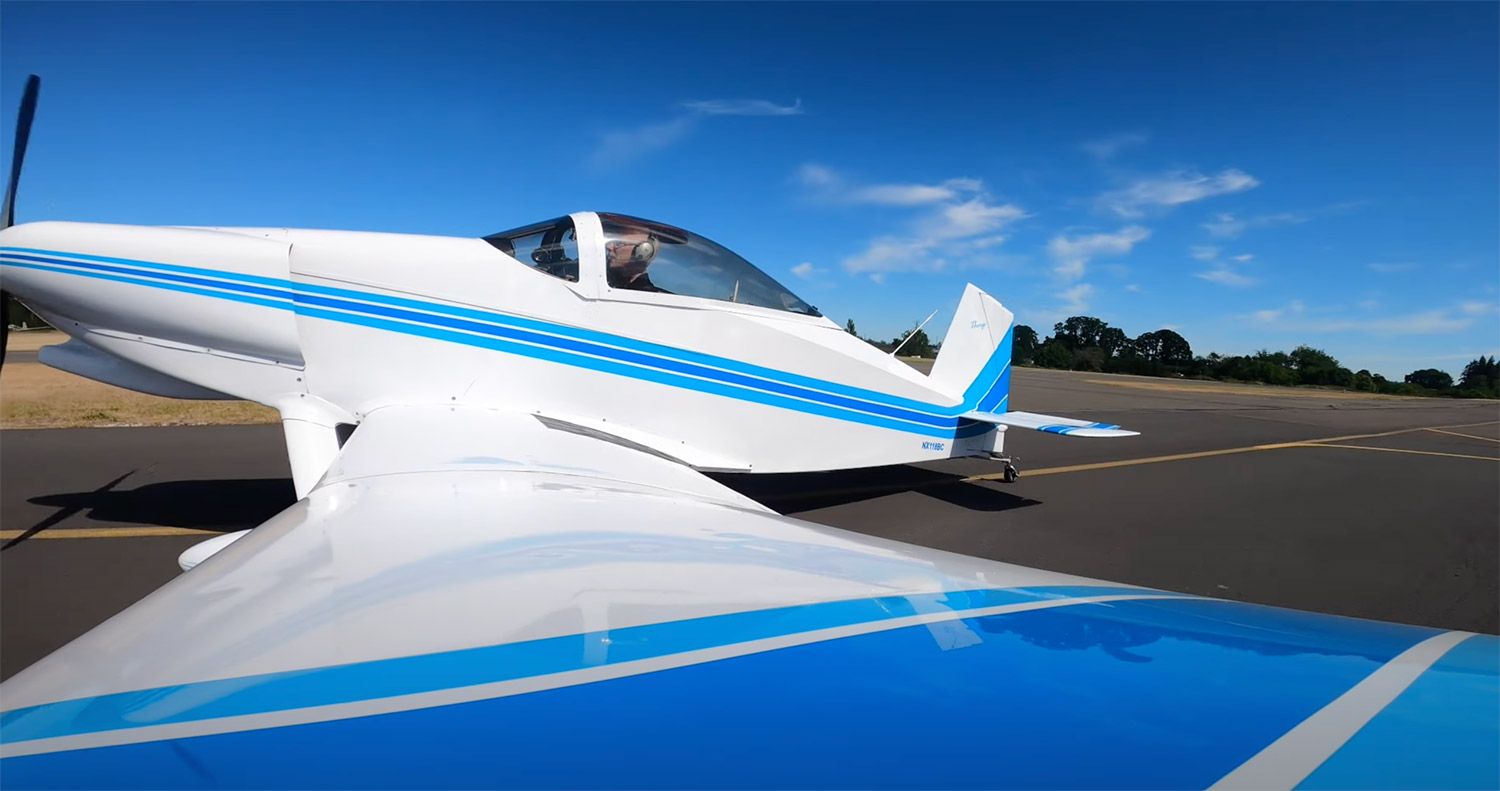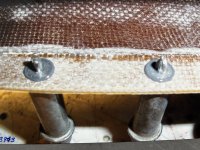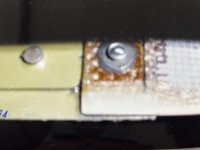Desert Rat
Well Known Member
Looking at drawing 3 & 6 for the RV7 it looks like if you attach the HS and VS tip fairings per print, you just pop rivet them on with CS4-4 rivets right to the fiberglass. There's no callout for any kind of aluminum backing strip.
Are you guys doing it that way and if so, any issues with cracking the fiberglass? I'm all about weight savings back there so if it works hey, it works. But it just seems a little odd that there wouldn't be something a bit more robust that a thin piece of fiberglass for those rivets to pull up against?
Are you guys doing it that way and if so, any issues with cracking the fiberglass? I'm all about weight savings back there so if it works hey, it works. But it just seems a little odd that there wouldn't be something a bit more robust that a thin piece of fiberglass for those rivets to pull up against?








